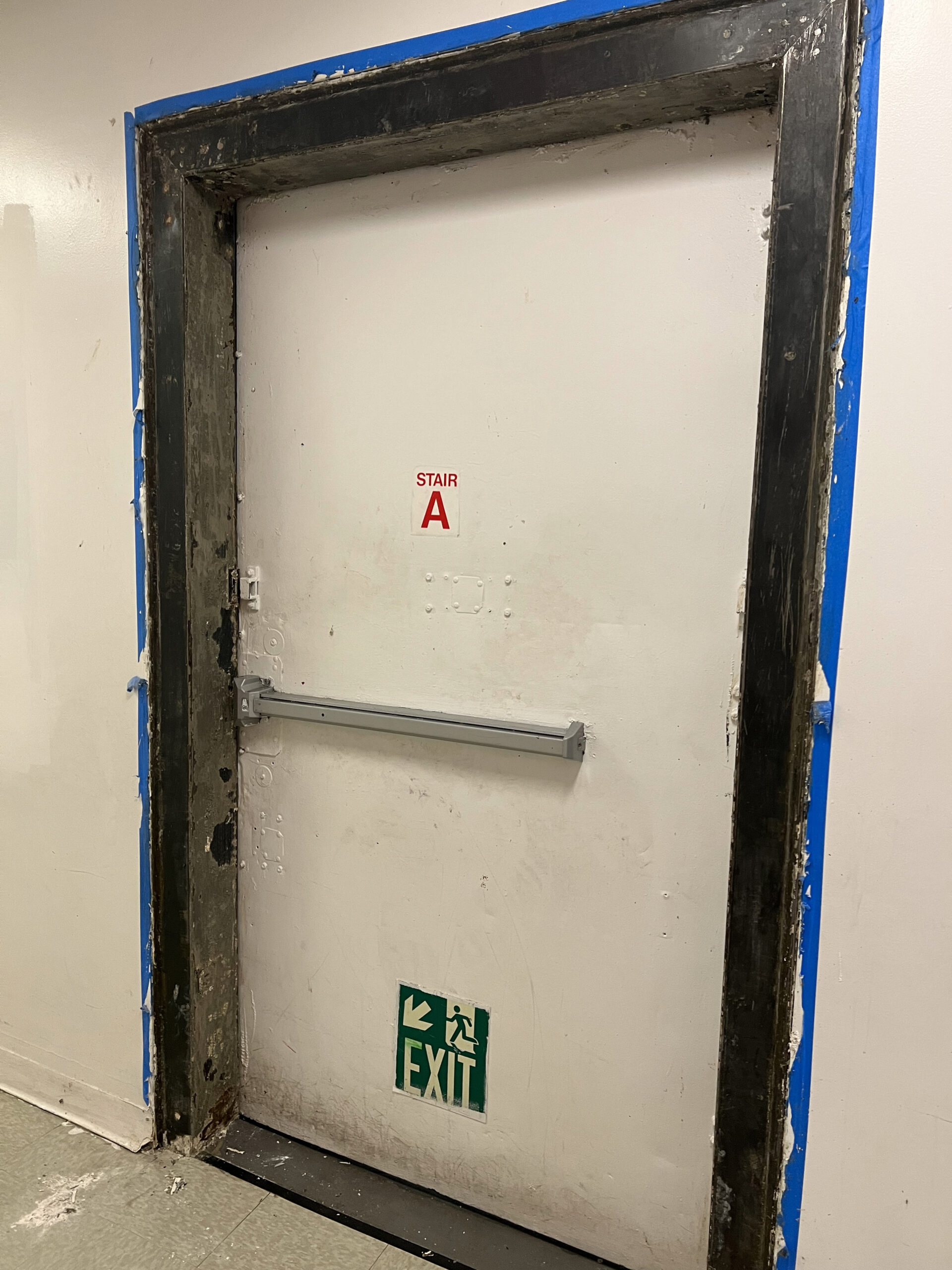Lead Removal Contractors-- Experienced Professionals for Lead Abatement
Lead Removal Contractors-- Experienced Professionals for Lead Abatement
Blog Article
Necessary Devices and Methods for Reliable Lead Infraction Cleaning
Dealing with lead offenses successfully necessitates a thorough method that mixes the right tools with calculated methodologies. Simultaneously, the usage of specialized cleanup devices, such as HEPA vacuum cleaners and lead-specific cleaning representatives, is vital for thorough pollutant elimination. Effective containment approaches, including plastic sheet and adverse air pressure systems, are necessary to protect against the spread of dangerous materials.
Individual Safety Equipment
Individual protective devices (PPE) is an important element in the reliable monitoring of lead contamination cleaning. The crucial PPE for lead cleaning consists of respirators, safety garments, gloves, and eye security.
Respirators, specifically those furnished with HEPA filters, are important for filtering air-borne lead particles, stopping inhalation. Protective garments, including coveralls and non reusable fits, prevents lead dirt from sticking to employees' garments, reducing the threat of secondary contamination.
In addition, extensive training on the correct use and maintenance of PPE is crucial. Workers must be enlightened on donning and doffing treatments to avoid contamination. Normal examinations and substitutes of PPE elements are needed to preserve their protective capacities, making sure a safe and compliant cleaning operation.
Specialized Cleanup Devices

Another necessary tool is the wet/dry vacuum, which can properly tidy up both dust and fluid impurities. These vacuums commonly feature HEPA filters to offer an added layer of safety and security. Wet wipes or tack cloths are also essential for surface area cleaning; they are especially developed to catch and hold lead bits, minimizing the danger of spreading out contamination.
For even more persistent deposits, specialized lead-removal cleaning agents are called for. These agents are developed to damage down lead fragments, making them simpler to eliminate. Scrub brushes with tough bristles can aid in this process, particularly on rough surfaces where lead dust often tends to stick more strongly.
Additionally, encapsulants are utilized to seal lead-contaminated surfaces, stopping the launch of lead dirt. These specialized paints and layers are designed to comply with various substrates, offering a long-lasting option for lead control.
Reliable Control Approaches
Effective control approaches are crucial in reducing the spread of lead contamination during cleanup activities. Implementing robust containment strategies ensures that lead particles do not migrate to unaffected areas, thereby protecting both workers and the setting. One key technique is making use of plastic sheet to seal off contaminated areas. Sturdy polyethylene obstacles can be set up from floor to ceiling to create a controlled workspace, significantly lowering the danger of airborne lead dirt dispersal.

To enhance control, encapsulants can be related to surfaces that are not being gotten rid of or disrupted. These specialized coverings bind lead dirt, minimizing its availability for resuspension. Furthermore, all employees need to use ideal Individual Protective Devices (PPE), including respirators and non reusable suits, to stop contamination spread.
Safe Disposal Practices
Making sure risk-free disposal practices is a critical part in the management of lead contamination cleaning. Proper disposal minimizes the danger of lead returning to the setting and threatening public wellness. The primary step is to identify and set apart lead-contaminated waste from various other materials. Safe control using durable, leak-proof containers is crucial to avoid splilling throughout transport.
Moving lead waste requires adherence to stringent standards. Making use of qualified dangerous waste providers makes certain that the materials are dealt with responsibly. Documentation, consisting of shows up describing the kind and amount of waste, need to accompany shipments to track the waste from the site of origin to its last disposal location.
Designated contaminated try this site materials disposal facilities are outfitted to handle lead-contaminated materials securely. These centers often use innovative approaches such as stablizing, solidification, or chemical therapy to counteract the lead prior to disposal. Landfilling in specialized, lined areas that avoid leachate from polluting groundwater is a common practice for last disposal.
Regular training for employees included in lead waste disposal is important to preserve safety criteria and protect against unexpected direct exposure. By sticking to these practices, organizations can significantly lower the ecological and health impacts related to lead contamination.
Regulatory Conformity Tips

Following regulative compliance is extremely important in the successful execution of lead discover this info here contamination cleaning. Understanding and following government, state, and local laws makes sure not only the security and health of people however also the lawful and financial well-being of the cleanup company. The Epa (EPA) sets rigid standards, such as the Lead Renovation, Repair Service, and Painting (RRP) Policy, which mandates correct accreditation and training for professionals handling lead-based activities.
Compliance begins with a detailed assessment of relevant laws and guidelines. Organizations has to remain updated on any legal adjustments, which can be facilitated with normal training sessions and subscribing to industry updates. Paperwork is one more important conformity facet; maintaining in-depth documents of all tasks, consisting of assessment records, staff member training logs, and disposal shows up, is essential.
In addition, involving with certified lead assessors or take the chance of assessors makes certain that lead hazards are correctly recognized and mitigated. Companies have to apply the usage of Individual Safety Devices (PPE) and make sure that security procedures are purely complied with. Clear interaction with stakeholders, including employees, customers, and regulative bodies, will cultivate a society of compliance and accountability, inevitably adding to a much safer and more reliable lead clean-up process.
Verdict
Reliable lead offense cleanup demands the assimilation of specialized devices and tactical techniques to guarantee safety and security and efficacy. Personal safety tools (PPE) safeguards workers from direct exposure, while secure disposal practices and stringent adherence to governing conformity are vital for sensibly taking care of dangerous waste.
Report this page